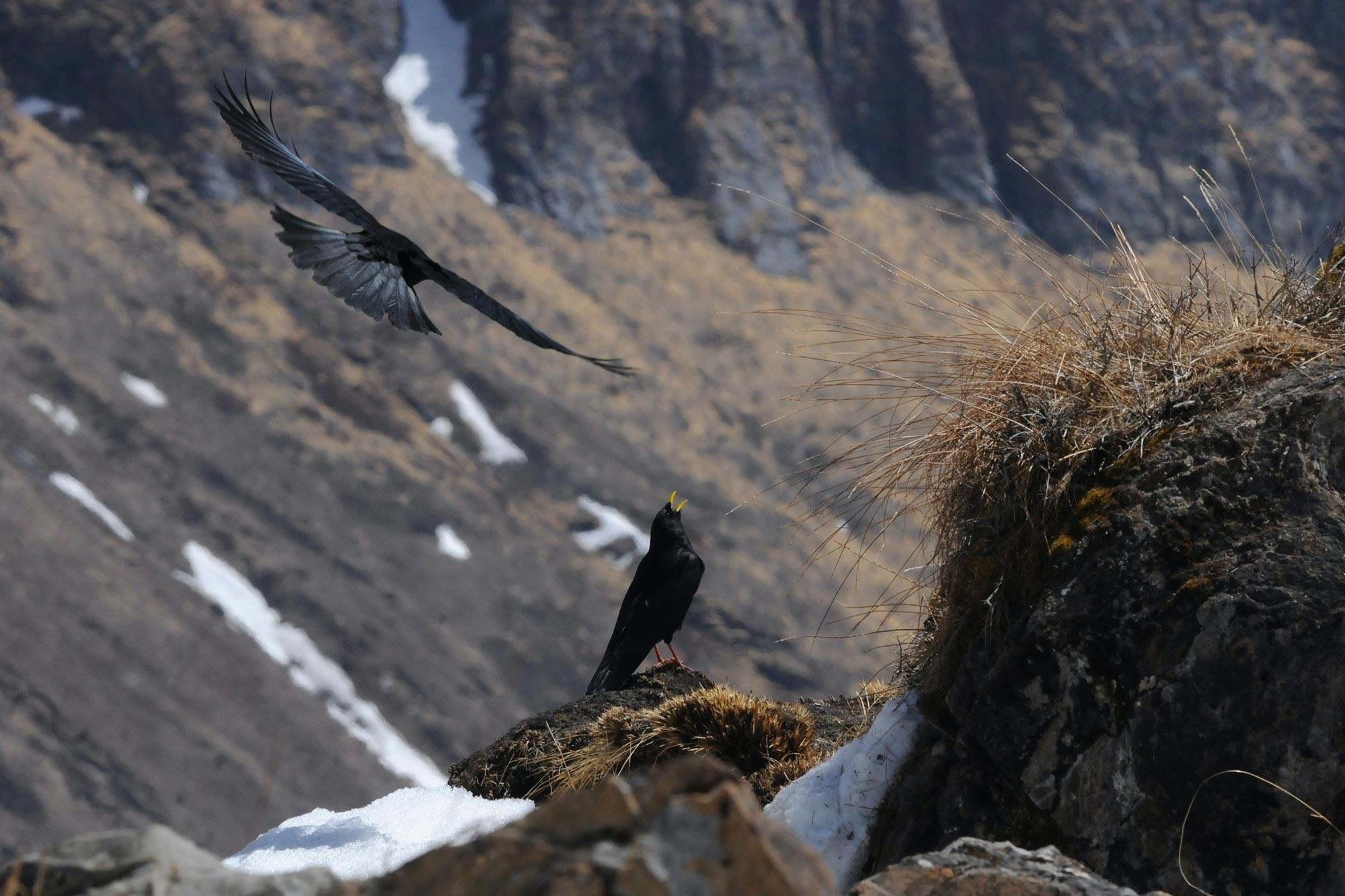According to recent research, as European birds migrate to cooler regions to avoid rising temperatures, they meet obstacles that slow them down.

As birds move to cooler areas to escape global warming, they encounter obstacles that slow them down. Image Credit: ©Aleksi Lehikoinen
Over the last 30 years, two-thirds of Europe’s birds have migrated to cooler places, primarily to the north and east by 100 km on average. They are attempting to determine which conditions are best suited to them as a result of global warming.
However, these journeys are hampered by obstructions like mountain ranges and oceans. This was discovered by scientists in a study funded by the Swiss National Science Foundation (SNSF) and published in the journal PNAS.
Natural Barriers Create Real Obstacles
The researchers examined the influence of large-scale natural barriers, like mountain ranges and coastlines, on the migrations of birds over the last 30 years. This research involved almost all European bird species. They discovered that these barriers affect both the distance and direction that the birds move.
Over the observation period, bird communities moved farther when they lived far from the coast than when they lived close by.
Laura Bosco, Study Author and Researcher, University of Helsinki
The scientists determined that coastlines act as genuine obstacles to birds’ travel.
We already knew that the birds and entire communities weren't moving fast enough to track the climatic conditions that normally suit them. We now have part of the explanation for this phenomenon.
Laura Bosco, Study Author and Researcher, University of Helsinki
A Danger for Certain Species
These findings are important for getting a deeper understanding of the potential effects of climate change on European birdlife. Communities of birds that encounter obstacles risk being forced to live with unfavorable climatic conditions without the ability to relocate to more favorable regions. As a result, at least some of the species involved may face extinction.
Coastal birdlife is often made up of rare and unique species.
Laura Bosco, Study Author and Researcher, University of Helsinki
Alpine birds in Switzerland, including the well-adapted white-winged snowfinch (Montifringilla nivalis), rock ptarmigan (Lagopus muta), and water pipit (Anthus spinoletta), may encounter similar issues due to altitudinal gradients. These birds opt to stay in the alpine conditions to which they are accustomed and could, for instance, find themselves blocked by having to face lower altitudes to cross valleys.
Journal Reference
Marjakangas, E.-L., et al. (2023). Ecological barriers mediate spatiotemporal shifts of bird communities at a continental scale. PNAS. doi.org/10.1073/pnas.2213330120.